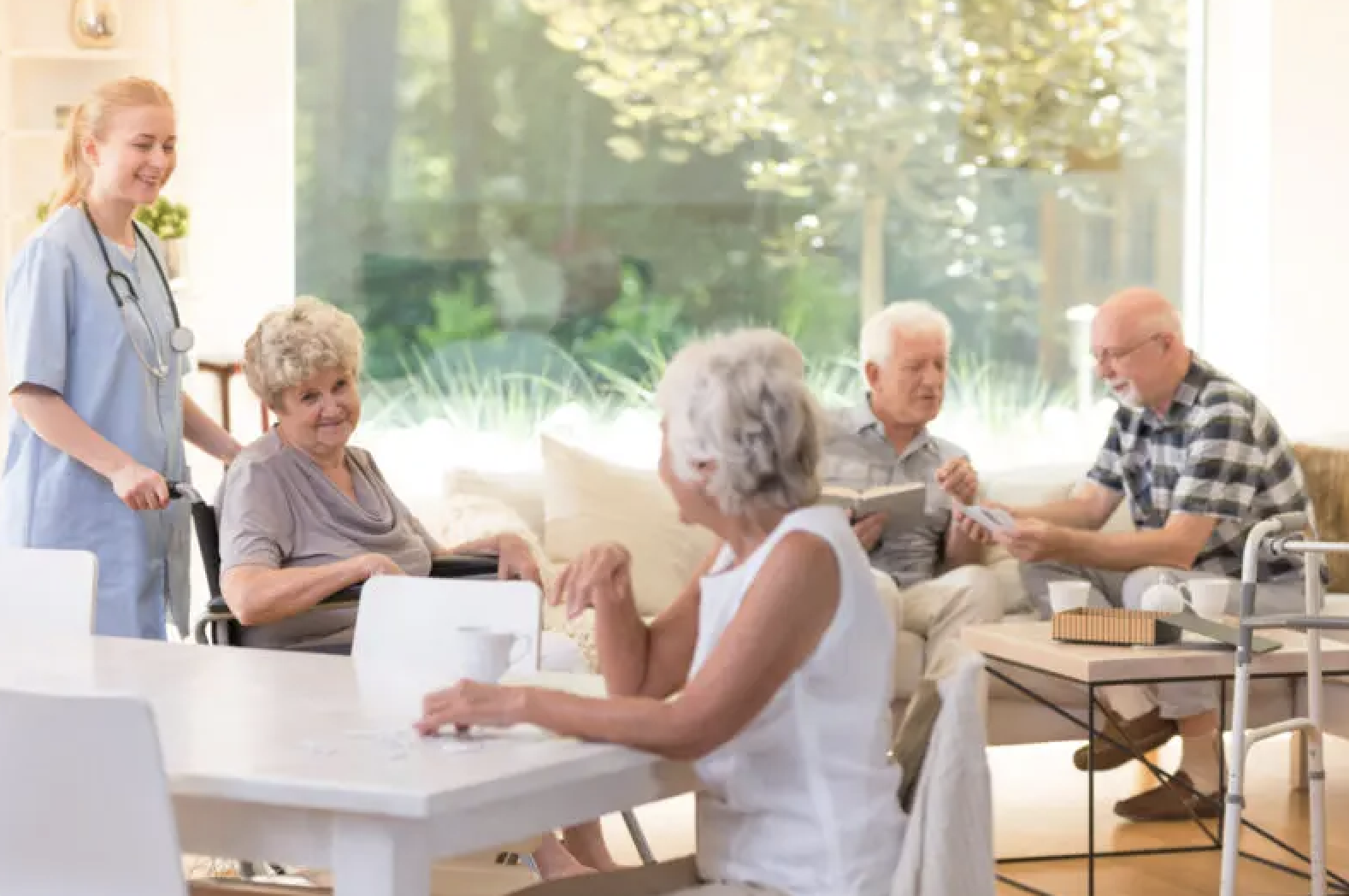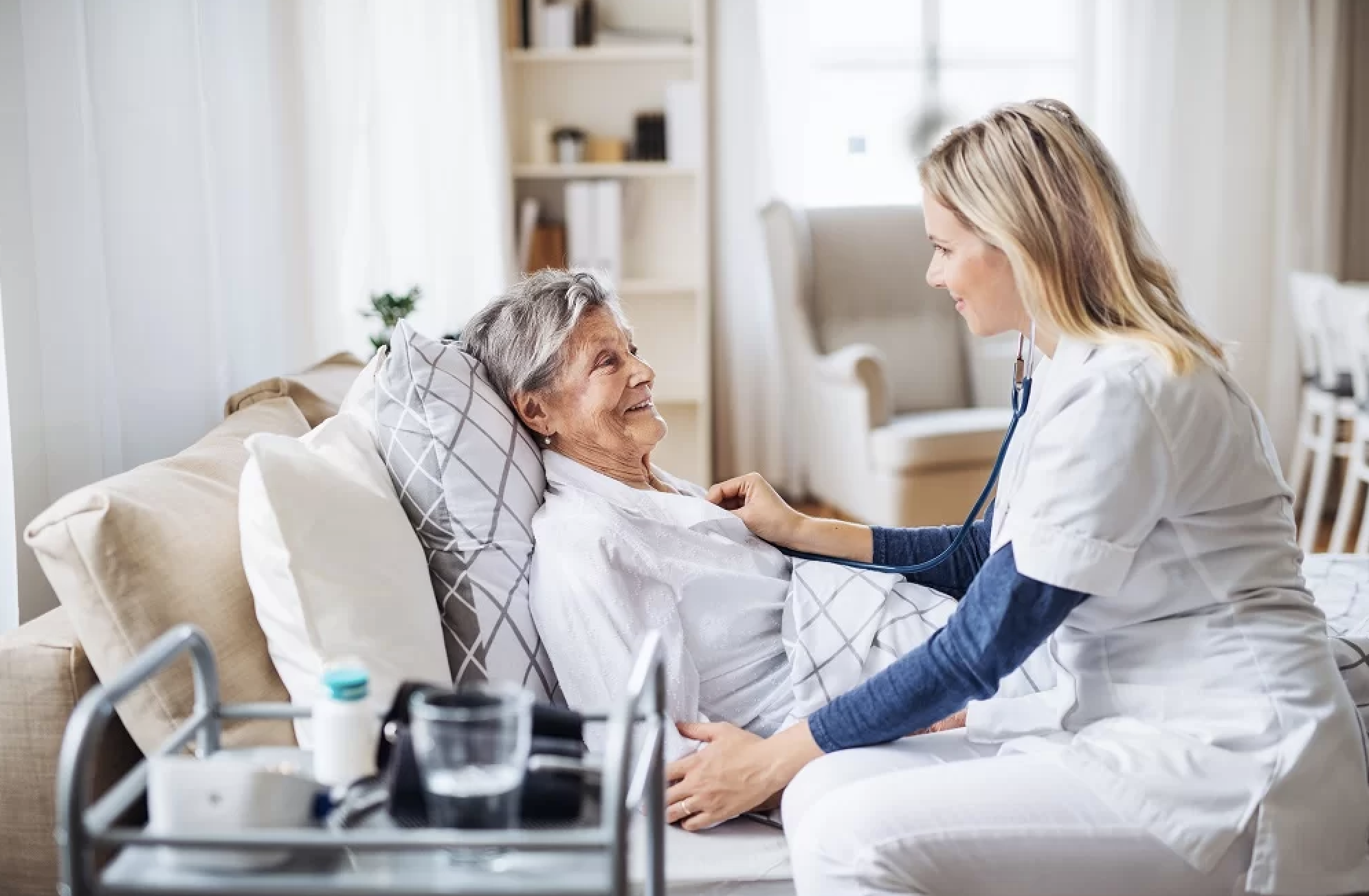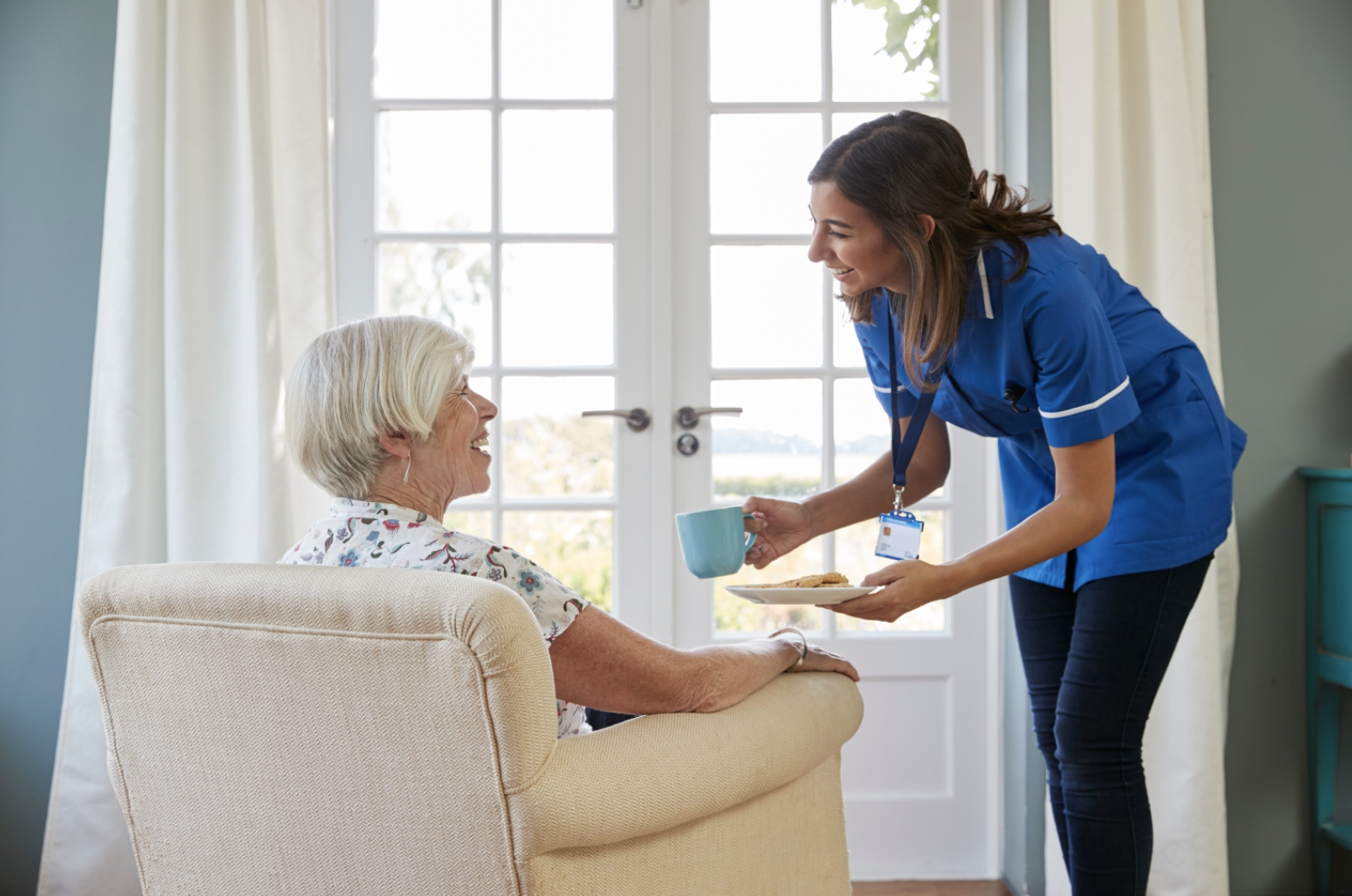Sometimes, Home Is Still the Best Place to Be
For many seniors, a move to a care facility can provide safety, medical oversight, and social engagement, but it also comes with a longing for the familiar comfort of home. Familiar spaces, personal routines, and cherished memories hold a powerful emotional significance that facilities, no matter how welcoming, often cannot replicate.
The desire to age in place, even after time in a facility, is more than nostalgia; it’s about maintaining independence, preserving dignity, and staying connected to the life they’ve built. With thoughtful planning, home modifications, and supportive caregiving, returning home can not only be possible but enriching.
The Emotional Significance of Home
Home represents more than a physical space. For seniors, it is a source of identity and security. Familiar furniture, family photos, favorite reading nooks, and even the neighborhood can trigger positive memories and comfort.
Leaving a facility to return home can boost emotional well-being by:
Reducing anxiety and confusion: Familiar surroundings help seniors feel grounded.
Restoring a sense of autonomy: Being in charge of one’s own environment reinforces independence.
Improving mental health: Studies show that seniors living in familiar spaces experience lower rates of depression and stress.
Even small personal touches, like arranging furniture in a favorite layout or keeping a cherished pet nearby, can make a home feel alive again.
Practical Considerations for Returning Home
While the idea of home is comforting, seniors and families must consider safety, health needs, and support systems. Planning ahead ensures that the return to home is not only emotionally rewarding but also safe.
1. Safety Modifications
Homes can be adapted to reduce fall risks and support daily activities:
Installing grab bars in bathrooms and hallways
Adding non-slip mats or rugs
Improving lighting, especially in stairways and bathrooms
Rearranging furniture for clear walkways
2. Medical and Personal Care Support
Many seniors returning home may still require:
Medication reminders or management
Mobility assistance and support with transfers
Monitoring of chronic conditions like diabetes, heart disease, or post-surgical care
Daily living assistance for tasks like bathing, grooming, and meal preparation
Having trained caregivers helps seniors maintain independence while staying safe.
3. Companionship and Emotional Support
Returning home after time in a facility can bring excitement but also isolation. Caregivers provide:
Friendly companionship and engagement
Encouragement for social activities and hobbies
Emotional reassurance during transitions
Maintaining mental and emotional well-being is as important as physical health during this period.
Success Stories: Returning Home
Consider a scenario like Mrs. R., who spent a year at a senior community after hip surgery. Though the community offered excellent care, she longed for the familiarity of her own kitchen, garden, and living room. With a tailored home care plan, her family:
Installed grab bars and improved lighting throughout the house
Arranged for daily caregiver visits to assist with meals, medication, and mobility
Scheduled regular check-ins with her physician and physical therapist
Included companion visits to encourage conversation and activities
Within weeks, Mrs. R. regained confidence, her mobility improved, and her spirits lifted. Returning home provided a sense of independence, comfort, and fulfillment that she hadn’t experienced in the facility.
Stories like this illustrate that home is not just where seniors live. It’s where they thrive.
Tips for Families Considering the Transition
Families exploring a move back home can benefit from the following:
Assess the home environment: Identify areas that need modifications for safety and accessibility.
Evaluate care needs: Determine what daily support, medical oversight, or companionship is necessary.
Create a gradual transition plan: Short-term visits or part-time in-home care can ease adjustment.
Coordinate with healthcare providers: Align medications, therapy plans, and follow-ups with physicians.
Engage emotional support: Encourage friends, family, or volunteers to provide companionship and social interaction.
Planning thoughtfully ensures a smooth transition that supports both safety and quality of life.
Make it stand out
Whatever it is, the way you tell your story online can make all the difference.
Why Home-Based Care Makes a Difference
Returning home is not about eliminating care. It’s about adapting support to empower independence. Professional caregivers provide guidance while allowing seniors to make daily decisions, participate in routines, and maintain control of their environment.
Assistance without overreach: Caregivers help only as needed, fostering confidence.
Safety and monitoring: Reduce fall risks, ensure medication adherence, and track health changes.
Emotional companionship: Combat isolation and support mental health during the transition.
With the right home modifications and caregiver support, seniors can enjoy the best of both worlds: the comfort of home and the security of professional care.
Even after time in a senior community or facility, many seniors still long for the familiarity and comfort of home. With careful planning, home modifications, and compassionate support, returning home can be a safe, fulfilling choice.
We’re proud to support families transitioning from communities like MorningStar Kirkland when home becomes the preferred path. Our caregiver services provide the right balance of safety, independence, and emotional support to make aging in place a reality. Call now to see options (206) 321-7440.



